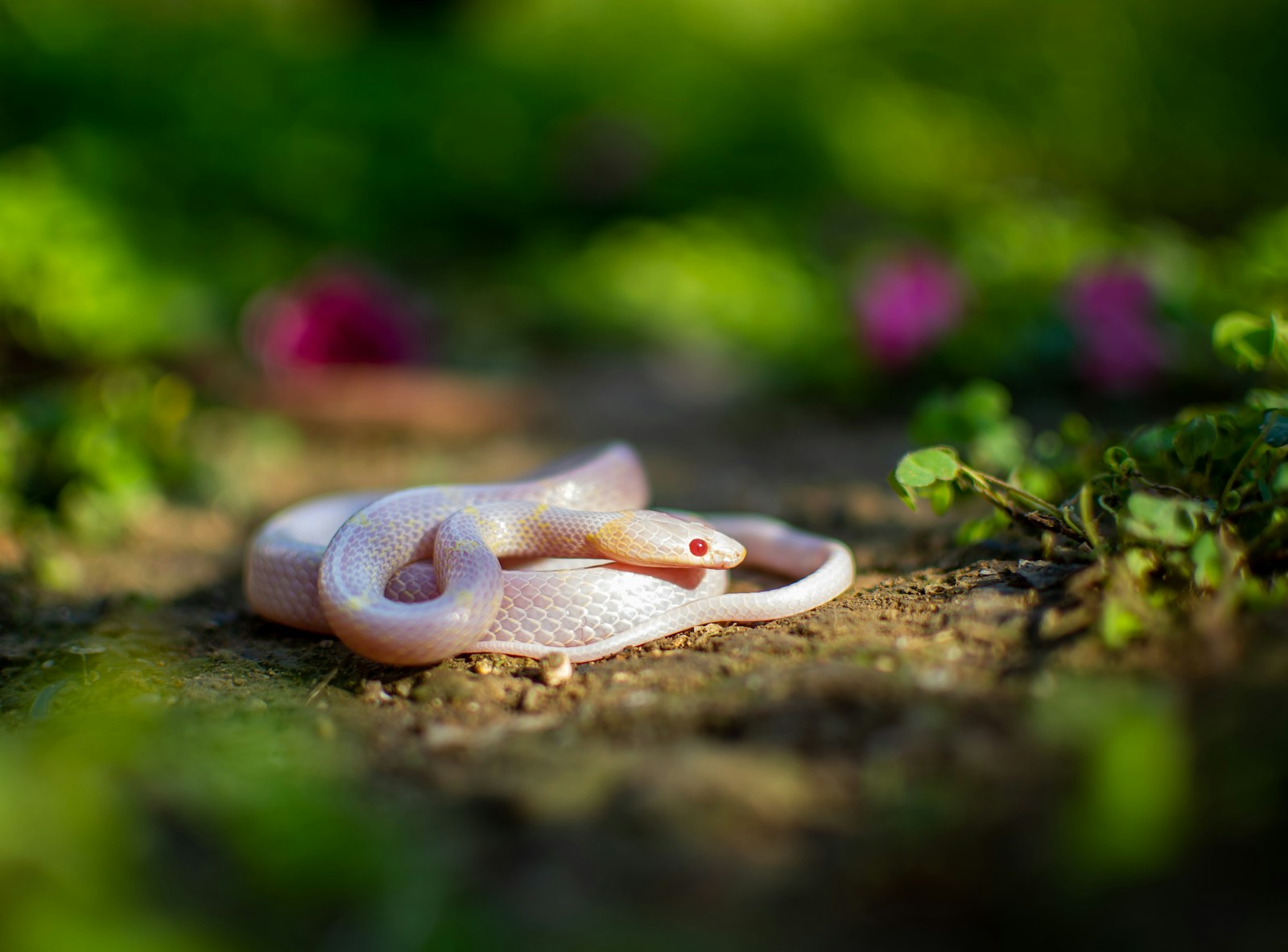Snakes are fascinating creatures with unique feeding habits that can shift dramatically as they grow and mature. Unlike many animals that maintain consistent dietary preferences throughout their lives, numerous snake species undergo significant changes in what they consume from hatchling to adult. These dietary shifts represent remarkable adaptations to changing body sizes, habitats, and ecological roles. From tiny hatchlings that may feed on insects to adults capable of consuming prey several times the diameter of their heads, the evolution of snake diets throughout their lifespan reflects their remarkable ability to adapt and thrive in diverse environments. This article explores the fascinating reasons behind these dietary transitions and how they contribute to the survival and success of these remarkable reptiles.
Ontogenetic Shift: The Science Behind Changing Diets
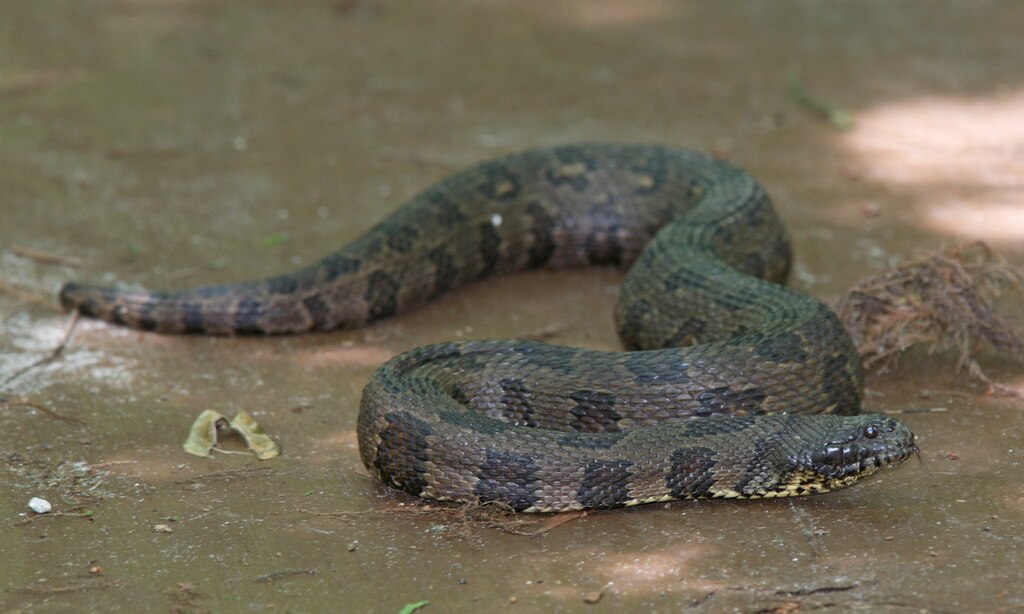
The scientific term for the dietary changes that occur as snakes grow is “ontogenetic shift,” which refers to the developmental changes an organism undergoes throughout its life cycle. In snakes, these shifts are often dramatic and can involve moving from one prey type to another entirely different category as the snake matures. This phenomenon isn’t random but rather represents a finely tuned evolutionary strategy that maximizes survival and reproductive success. Ontogenetic shifts allow young snakes to exploit food resources that are appropriate for their smaller size while enabling adults to take advantage of larger, more energy-rich prey items that would be impossible for juveniles to consume. These shifts can involve changes not only in prey type but also hunting strategy, activity patterns, and even habitat selection.
Size Constraints: Why Hatchlings Can’t Eat What Adults Do

When snakes first emerge from their eggs, they face significant physical limitations that determine what they can successfully hunt and consume. Newly hatched snakes have small heads, limited jaw flexibility, and reduced striking power compared to their adult counterparts, making many adult prey items simply too large to handle. Even in species famous for their ability to consume large prey, such as pythons and boas, hatchlings must begin with appropriately sized meals like small lizards, amphibians, or nestling rodents. The gape size—the maximum width to which a snake can open its mouth—is a critical limiting factor that directly influences prey selection throughout a snake’s life. As snakes grow and their skull structure develops, their gape increases proportionally, allowing them to gradually transition to larger prey items that provide more nutrients per hunting effort.
Energy Efficiency: Optimizing Nutrition at Different Life Stages
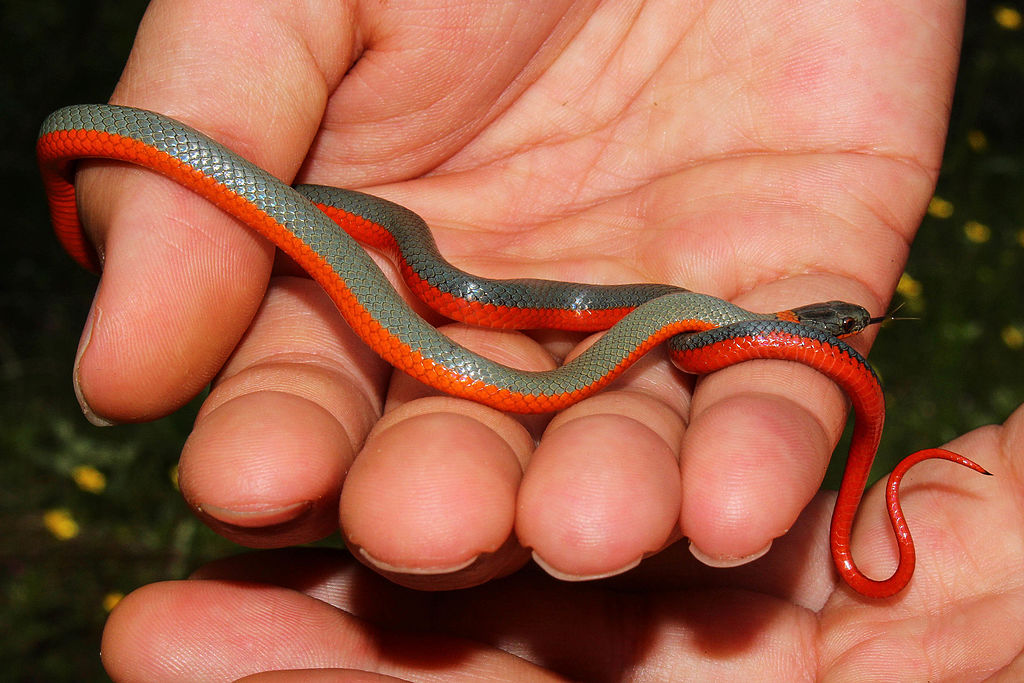
Dietary shifts in snakes often reflect changing energy requirements and optimization strategies as they grow. Young, rapidly growing snakes typically need food more frequently and may target prey that is abundant and easy to capture, even if individual items provide relatively modest nutritional returns. This strategy prioritizes consistent energy intake during critical growth periods while minimizing the risks associated with hunting. Adult snakes, with their larger size and more developed hunting abilities, can afford to be more selective and often transition to less frequent but larger meals that provide substantial energy rewards. This shift toward energy-rich prey like rodents, birds, or even other reptiles allows mature snakes to meet their metabolic needs while reducing the frequency of hunting, which can be energetically costly and expose them to predation risk.
Venomous Snakes and Their Changing Toolkit
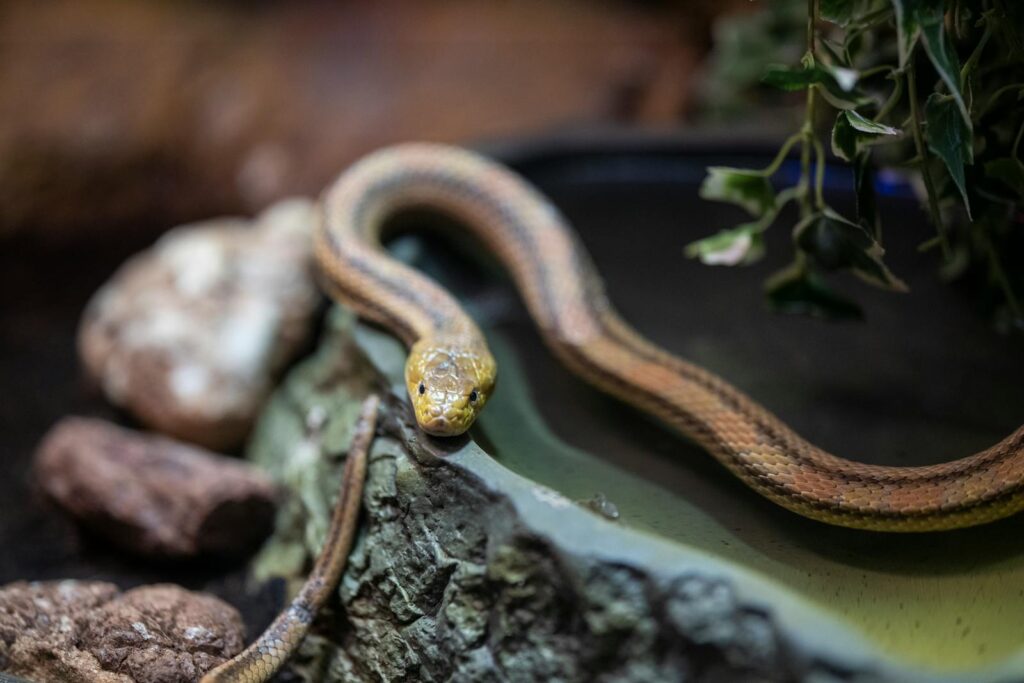
Venomous snake species demonstrate particularly fascinating dietary transitions that often correlate with changes in their venom composition. Juvenile venomous snakes frequently possess venom that is specifically optimized for subduing the small ectothermic prey (like lizards or frogs) that make up their initial diet. As these snakes mature, their venom chemistry may undergo substantial modifications, becoming more effective against the endothermic prey (mammals and birds) that constitute the adult diet. This remarkable adaptation ensures that the snake’s chemical weaponry remains optimally suited to its target prey throughout its lifespan. Research on rattlesnakes, for example, has revealed that juveniles often possess venom with potent toxins targeting the nervous system—ideal for quickly immobilizing small, fast-moving lizards—while adults develop venom with enhanced tissue-destroying properties better suited for their mammalian prey.
Habitat Changes and Their Influence on Diet
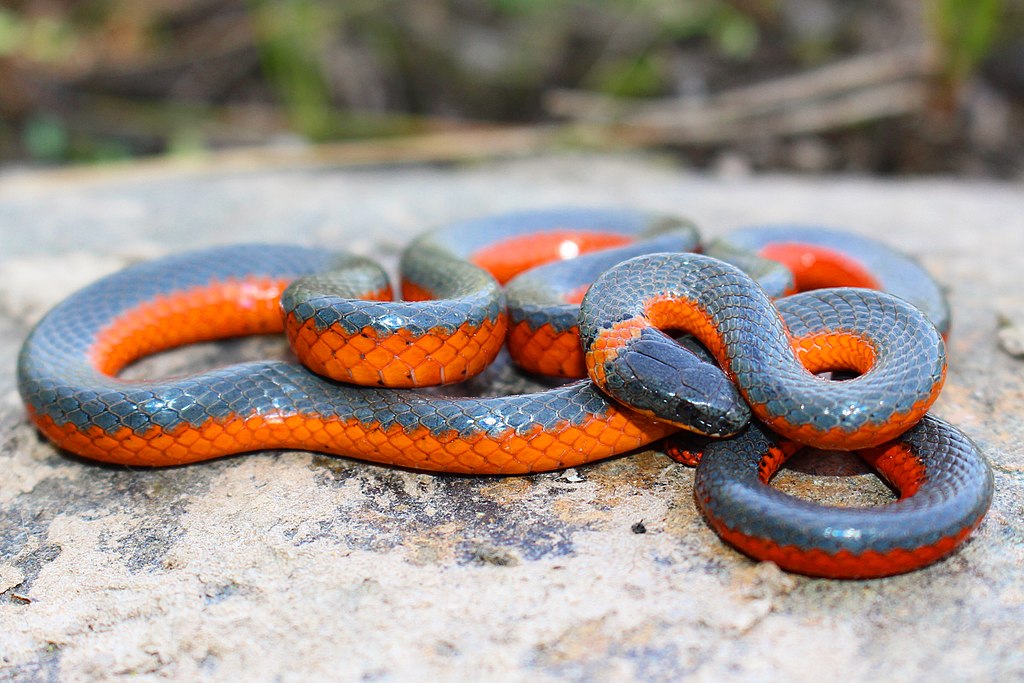
Many snake species undergo habitat shifts as they mature, which inevitably leads to encounters with different potential prey items. Arboreal species like certain tree boas may spend their juvenile phase primarily in lower vegetation or even on the ground, where they encounter and feed upon small terrestrial prey. As they grow and gain strength, these snakes gradually move higher into the canopy, where they encounter and adapt to feeding on arboreal mammals, birds, and their nestlings. Aquatic species demonstrate similar transitions, with juveniles often remaining in shallow water habitats where small fish and amphibians are abundant, while adults venture into deeper waters where they can pursue larger aquatic prey. These habitat-driven dietary shifts demonstrate how closely snake feeding ecology is tied to their physical environment and developmental stage.
Competition Avoidance: Reducing Conflict Between Age Classes
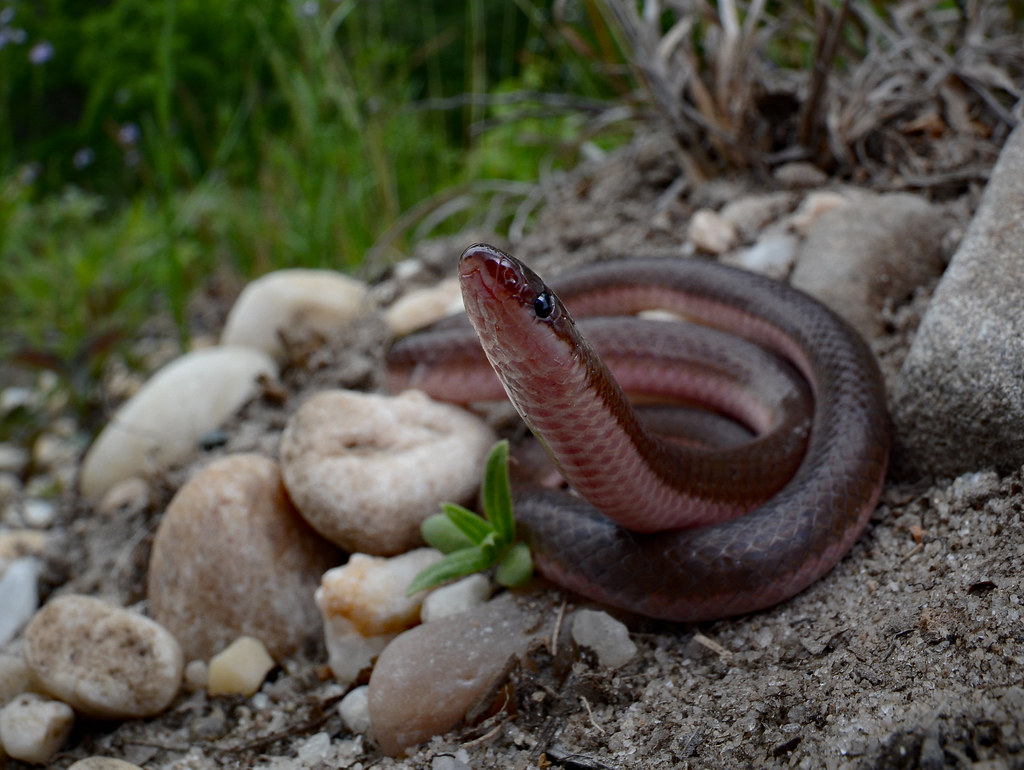
Dietary shifts between juvenile and adult snakes often serve the important ecological function of reducing competition within a species. When different age classes specialize in distinct prey types, they effectively partition available resources and minimize direct competition for food. This evolutionary strategy is particularly beneficial in ecosystems where food resources may be limited or where snakes occur in high densities. For instance, in some colubrid snake species, juveniles may focus primarily on invertebrates and small amphibians, while adults specialize in rodents and birds, creating distinct feeding niches within the same habitat. By reducing intraspecific competition through ontogenetic dietary shifts, snake populations can reach higher densities and make more efficient use of available resources than would be possible if all age classes targeted identical prey.
Case Study: The Dramatic Diet Shift in Tiger Snakes
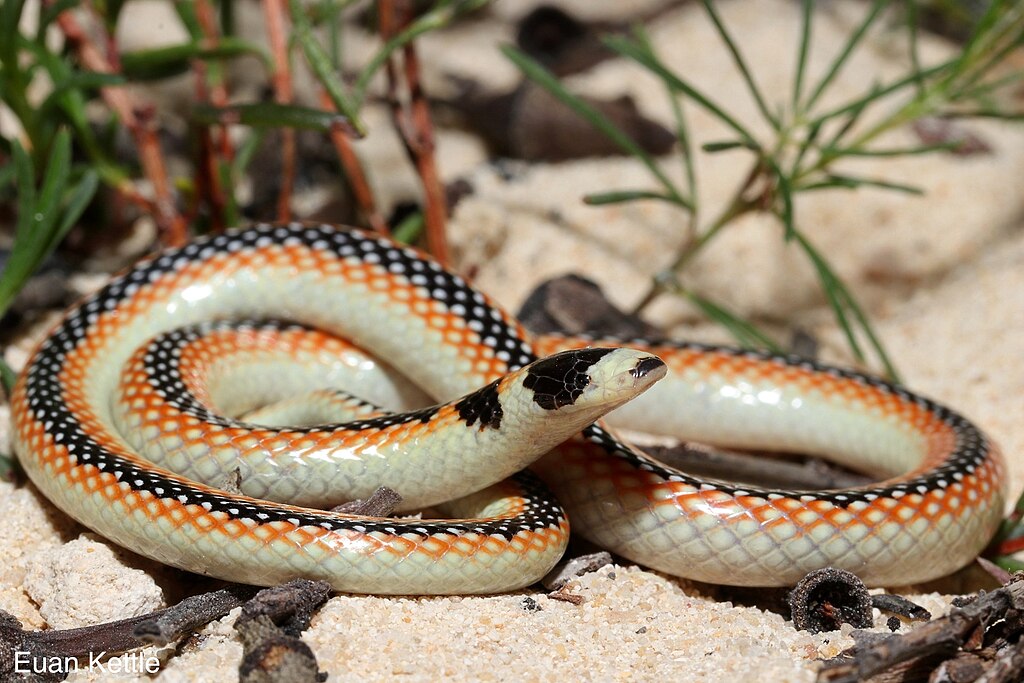
Australia’s tiger snakes (Notechis scutatus) provide one of the most dramatic examples of ontogenetic dietary shifts among reptiles. Juvenile tiger snakes primarily feed on small frogs and skinks, utilizing fast-acting neurotoxins in their venom to quickly subdue these agile prey items. As they mature into adults, tiger snakes undergo a remarkable dietary transformation, specializing in seabird chicks on coastal islands where these birds nest in abundance. This shift requires not only different hunting strategies but also adaptations to handle the substantially larger prey. Adult tiger snakes living on these islands have evolved exceptionally large head sizes relative to their mainland counterparts, allowing them to consume the chunky, high-fat seabird chicks that provide exceptional nutritional value. This specialized diet has even led to island populations evolving larger body sizes overall, demonstrating how dietary shifts can drive broader evolutionary changes.
Seasonal Influences on Snake Diets
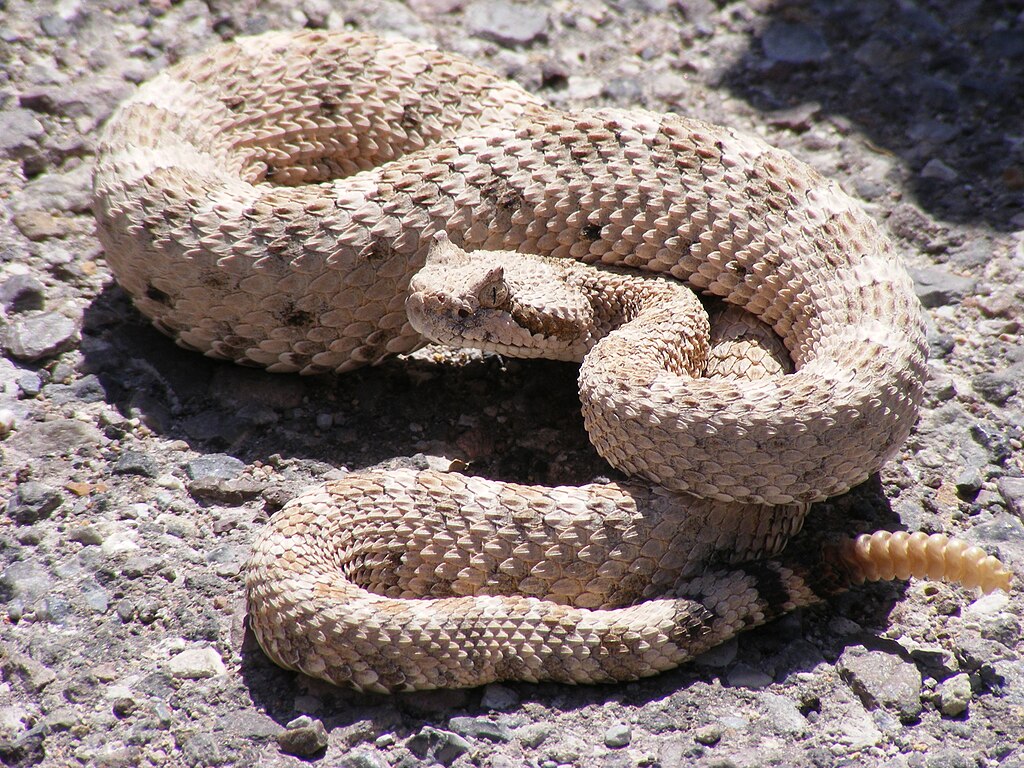
Beyond age-related changes, many snake species exhibit seasonal dietary shifts that interact with their developmental stage to create complex feeding patterns throughout their lives. Young snakes may be particularly affected by seasonal prey availability, as their smaller size and limited hunting experience make them more vulnerable to food scarcity. During periods when preferred prey is scarce, juvenile snakes often demonstrate greater dietary plasticity than adults, consuming a wider range of prey types to meet their nutritional needs. Adult snakes, with their larger energy reserves and reduced growth requirements, can typically endure longer periods without feeding and may become highly specialized in their prey selection during optimal hunting seasons. These seasonal patterns can be especially pronounced in temperate regions where prey abundance fluctuates dramatically throughout the year, creating a complex interplay between age, season, and feeding ecology.
Learning and Experience in Prey Selection

The role of learning and experience in snake dietary shifts should not be underestimated, as these reptiles demonstrate surprising cognitive abilities when it comes to foraging decisions. Young snakes initially operate with innate prey recognition systems that help them identify appropriate food items even without prior experience. As they mature and gain hunting experience, many species refine their prey selection based on successful encounters, gradually developing preferences for particular prey types that offer the best return on hunting effort. This experiential learning component means that two adult snakes of the same species may develop somewhat different dietary preferences based on their individual hunting histories. Research has shown that some snake species can remember successful hunting locations and prey characteristics for extended periods, suggesting that their feeding behavior involves more sophisticated cognitive processes than previously recognized.
The Python Paradox: From Rodents to Deer
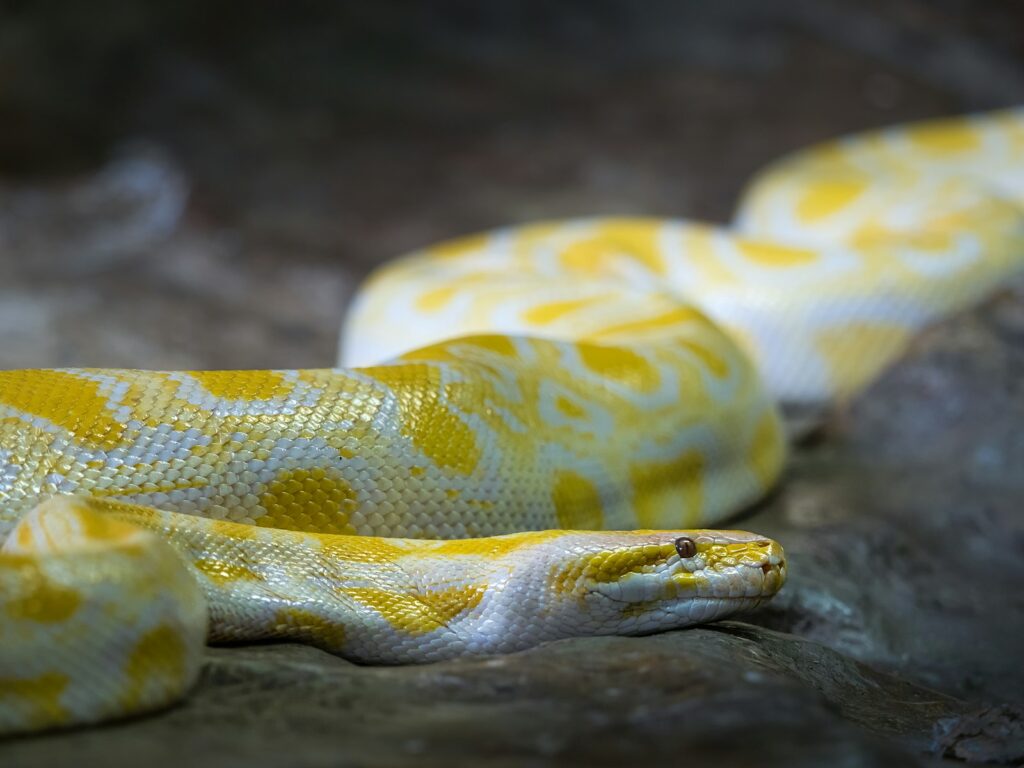
Large constrictor species like pythons and boas exhibit some of the most extreme ontogenetic dietary shifts in the reptile world, moving from tiny prey as juveniles to astonishingly large animals as adults. Newly hatched Burmese pythons typically begin life feeding on small rodents or birds, but as adults, these massive snakes can consume prey as large as deer, alligators, or even leopards. This remarkable dietary expansion correlates with their exceptional growth rate, which can see them increase from approximately 20 inches at hatching to over 18 feet as adults. The physiological adaptations that enable this shift include dramatic increases in muscle strength, extraordinary jaw flexibility, and digestive systems capable of massive expansion. Perhaps most impressive is their ability to increase their metabolic rate and organ size dramatically after consuming large prey, with their heart, liver, kidneys, and intestines all growing substantially during digestion before returning to normal size afterward.
Environmental Toxins and Bioaccumulation Risks
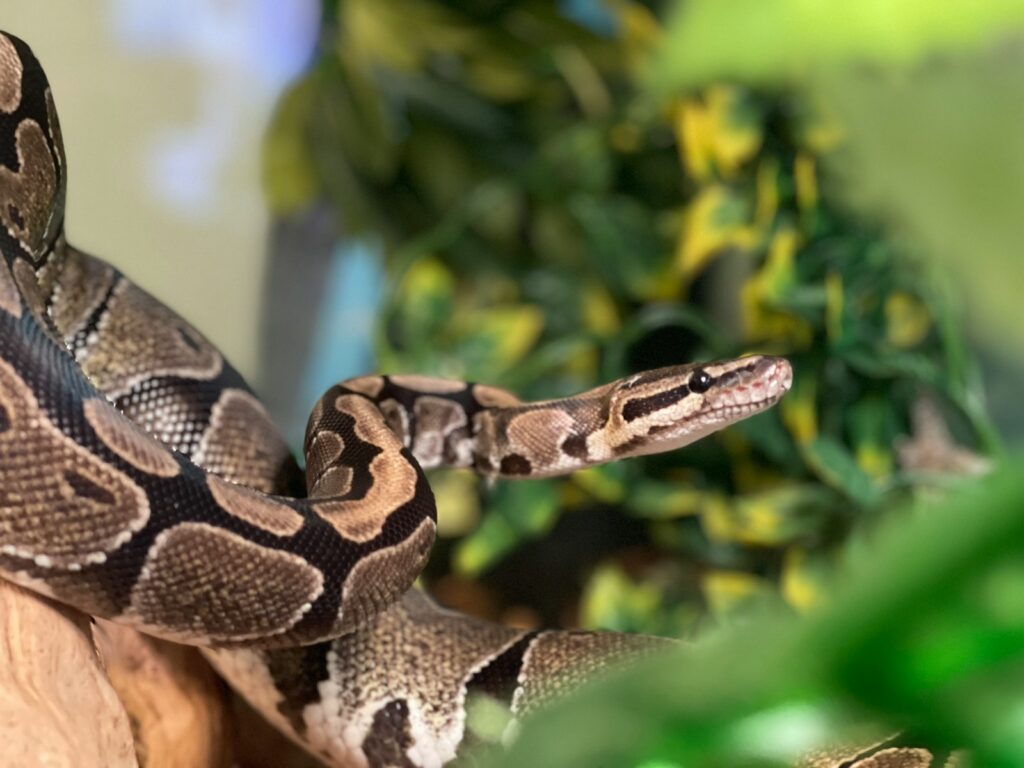
The dietary shifts that snakes undergo throughout their lives can expose them to different environmental contaminants, with potential consequences for their health and survival. Juvenile snakes feeding primarily on invertebrates or amphibians may accumulate certain pesticides or heavy metals that concentrate in these prey types. As they transition to consuming higher-trophic-level prey as adults, they may encounter different toxins or experience bioaccumulation effects as they consume predators that already contain concentrated environmental contaminants. Female snakes face particular challenges related to dietary toxins, as many contaminants can be transferred to their eggs or offspring during reproduction. Studies on water snakes and other aquatic species have shown that their ontogenetic shift from invertebrate to fish-based diets often correlates with increased mercury accumulation, demonstrating how dietary changes can alter exposure patterns to environmental hazards throughout a snake’s lifespan.
Conservation Implications of Dietary Flexibility

Understanding the dietary shifts that snakes undergo throughout their lives has important implications for conservation efforts targeting these often-threatened reptiles. Species with highly specialized diets at particular life stages may be especially vulnerable to prey species declines or habitat alterations that affect food availability. Conservation plans must account for the full spectrum of dietary needs across all life stages, not just adult feeding requirements. Captive breeding programs have benefited tremendously from research on ontogenetic diet shifts, allowing zookeepers and conservationists to provide age-appropriate prey items that support proper development and health. For reintroduction efforts to be successful, release sites must contain suitable prey resources for both juvenile and adult snakes, highlighting the complexity of habitat requirements for these adaptable predators.
The Future of Snake Diet Research
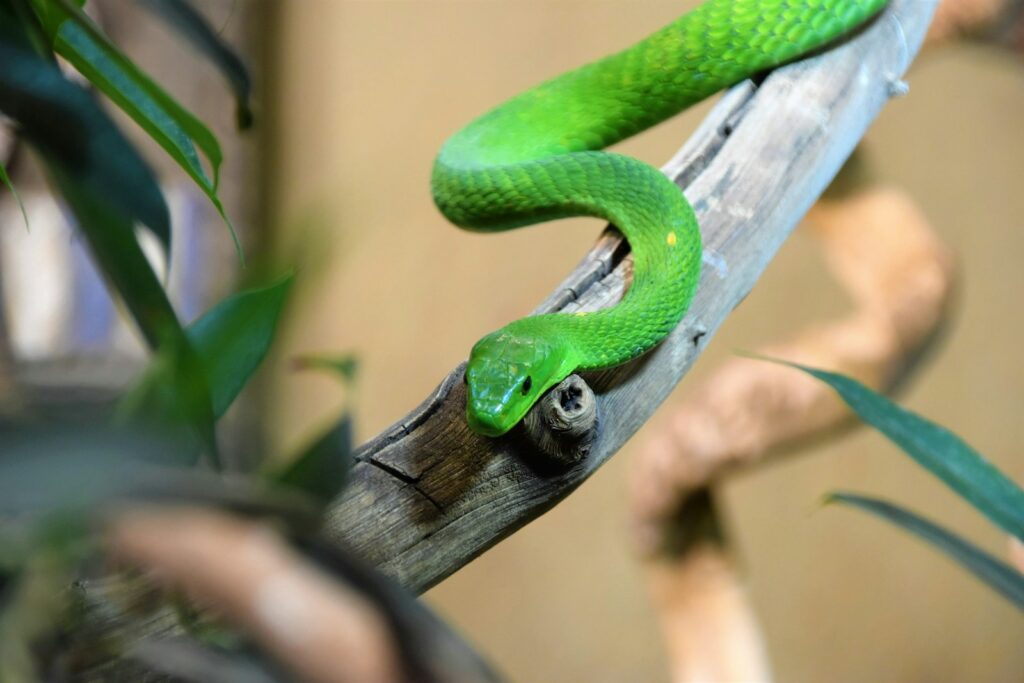
Ongoing research into snake dietary shifts continues to reveal new insights about these remarkable adaptations and their evolutionary significance. Advanced techniques like stable isotope analysis now allow researchers to trace dietary changes throughout a snake’s life without continuous observation, providing unprecedented data on feeding ecology across populations and species. Genetic studies examining the molecular basis for venom evolution are revealing how selection pressures related to changing diets have shaped these complex biochemical weapons. As climate change alters prey distributions and availability, understanding how snakes adapt their diets will become increasingly important for predicting their responses to changing environments. The study of ontogenetic dietary shifts in snakes ultimately provides a fascinating window into the complex relationships between development, ecology, and evolution in these remarkable reptiles.
In conclusion, the dietary changes that snakes undergo throughout their lives represent sophisticated evolutionary adaptations that optimize their survival at each developmental stage. From the physical constraints of size and strength to the fine-tuning of venom composition, these shifts enable snakes to exploit different prey resources as they grow and mature. This dietary flexibility has contributed significantly to the success of snakes as predators in diverse ecosystems worldwide. By continuing to study these fascinating adaptations, researchers gain valuable insights not only into snake biology but also into broader ecological principles that govern predator-prey relationships and resource partitioning in natural communities. Understanding the complex factors that influence snake diets throughout their lifespan ultimately enhances our appreciation for these often misunderstood reptiles and their remarkable evolutionary journey.

